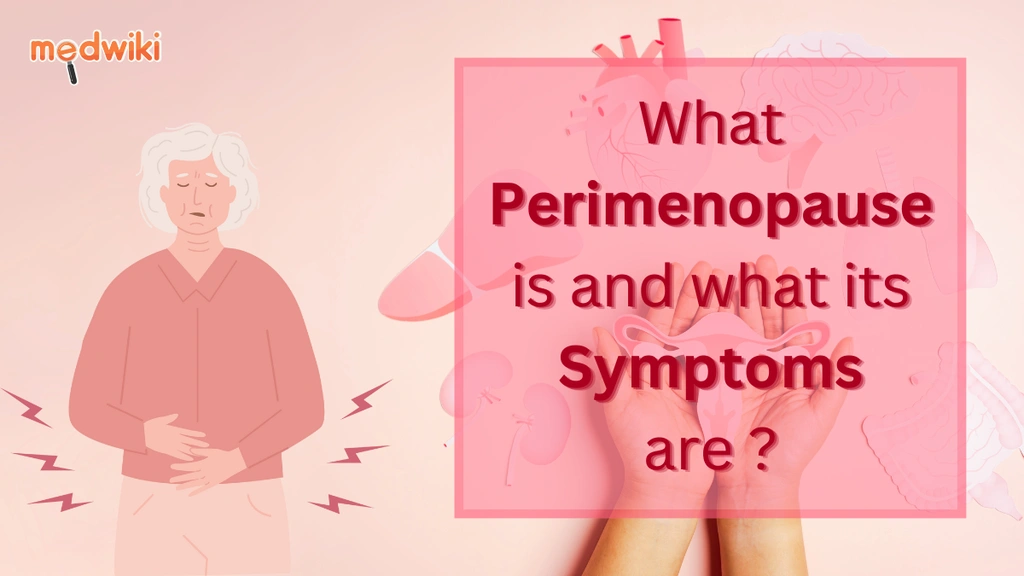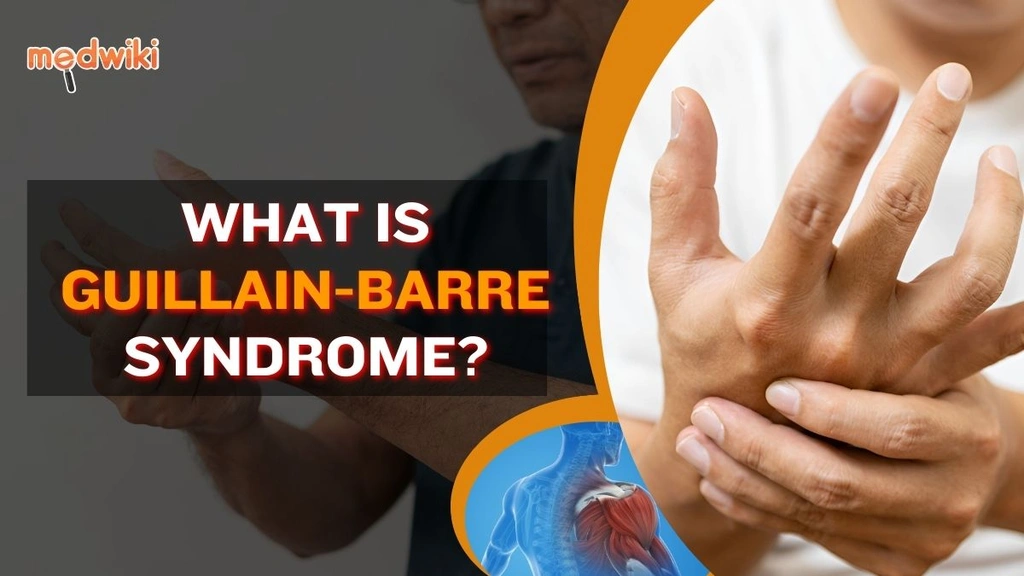gatin
Introduction to Gatin
Gatin is a widely recognized antibiotic medication used to treat a variety of bacterial infections. It belongs to the fluoroquinolone class of antibiotics, which are known for their broad-spectrum activity against both Gram-positive and Gram-negative bacteria. Gatin is commonly prescribed for infections such as bronchitis, pneumonia, and infections of the skin, urinary tract, and eyes. Its effectiveness in combating bacterial infections makes it a valuable option for healthcare providers. Available in multiple forms, including tablets, injections, and syrups, Gatin provides flexible treatment options tailored to patient needs.
Composition of Gatin
The active ingredient in Gatin is Gatifloxacin, present in a 200mg dosage. Gatifloxacin is a potent fluoroquinolone antibiotic that works by inhibiting bacterial DNA gyrase and topoisomerase IV, essential enzymes for bacterial DNA replication, transcription, repair, and recombination. By disrupting these processes, Gatifloxacin effectively halts bacterial growth and proliferation, leading to the elimination of the infection. Its broad-spectrum activity ensures its efficacy against a wide range of bacterial pathogens.
Uses for Gatin
- Treatment of respiratory tract infections, including bronchitis and pneumonia
- Management of urinary tract infections
- Skin and soft tissue infections
- Eye infections when formulated as eye drops
- Intra-abdominal infections
Side Effects of Gatin
- Nausea and vomiting
- Diarrhea
- Dizziness and headache
- Insomnia
- Increased sensitivity to sunlight
- Potential for tendonitis or tendon rupture
Precautions for Gatin
While Gatin is effective, it is essential to take certain precautions. Patients with a history of hypersensitivity to fluoroquinolones should avoid Gatin. It is crucial to inform your healthcare provider of any history of tendon disorders related to fluoroquinolone use. Gatin should be used with caution in patients with central nervous system disorders, such as epilepsy, as it may exacerbate these conditions. Avoid excessive sunlight or UV light exposure, as Gatin can increase sensitivity to light. It is advisable to complete the full course of the medication, even if symptoms improve, to prevent the development of antibiotic-resistant bacteria.
Specifications of Gatin
Gatin is available in several forms to accommodate different patient needs and medical conditions:
- Tablets: Typically used for systemic infections, available in 200mg dosage.
- Injections: Administered in a clinical setting for severe or acute infections.
- Syrup: Suitable for pediatric or geriatric patients who may have difficulty swallowing tablets.
Conclusion
Gatin, with its active ingredient Gatifloxacin, is a versatile antibiotic effective against a broad range of bacterial infections. Its availability in multiple forms—tablets, injections, and syrups—makes it adaptable for various patient needs. While generally safe, it is important to use Gatin under medical supervision and adhere to prescribed guidelines to minimize potential side effects and ensure optimal treatment outcomes. Always consult with a healthcare professional before starting any new medication.
Available in 2 variations

Gatin 200mg Tablet
Gatin 200mg Tablet
strip of 10 tablets

Gatin 400mg Tablet
Gatin 400mg Tablet
strip of 10 tablets
Related Posts

1:15
Dyslexia: What is it, how does it occur and how dangerous is it!

1:15
How to Take Control of Perimenopause: Home Remedies You Need to Know!

1:15
How Does Guillain-Barre Syndrome Start? Symptoms, Causes, and Treatment!

1:15
How to Get Glowing Skin Naturally | Easy Skincare Tips!

1:15
Perimenopause Signs, Symptoms & Self-Care Tips!
Disclaimer : This information is not a substitute for medical advice. Consult your healthcare provider before making any changes to your treatment . Do not ignore or delay professional medical advice based on anything you have seen or read on Medwiki.
gatin
Prescription Required
Manufacturer :
East West PharmaComposition :
gatifloxacin














.svg)
